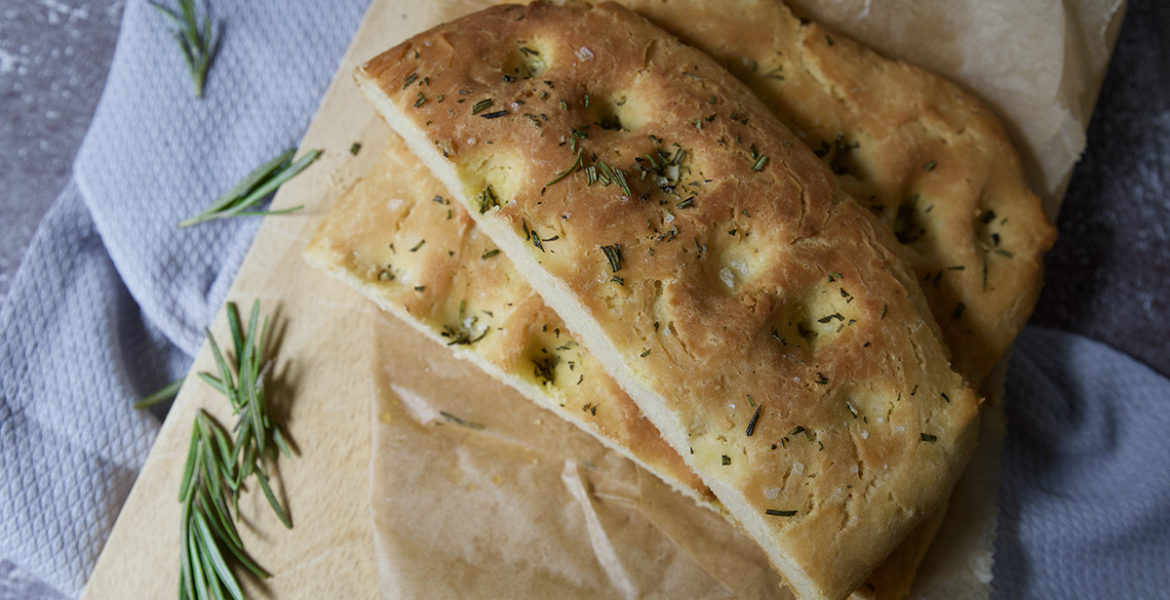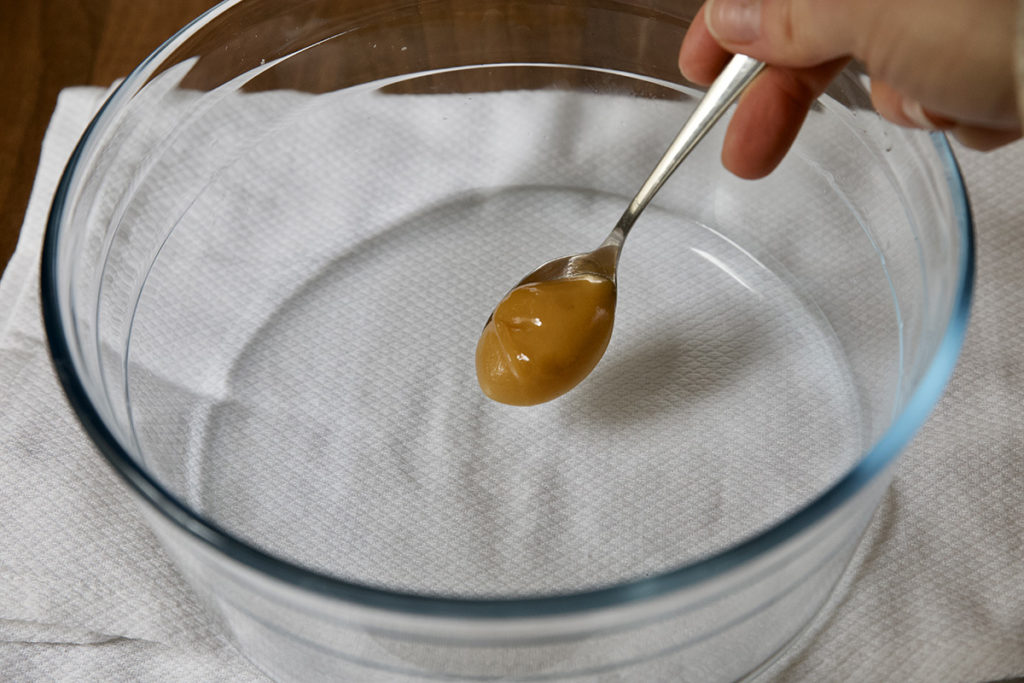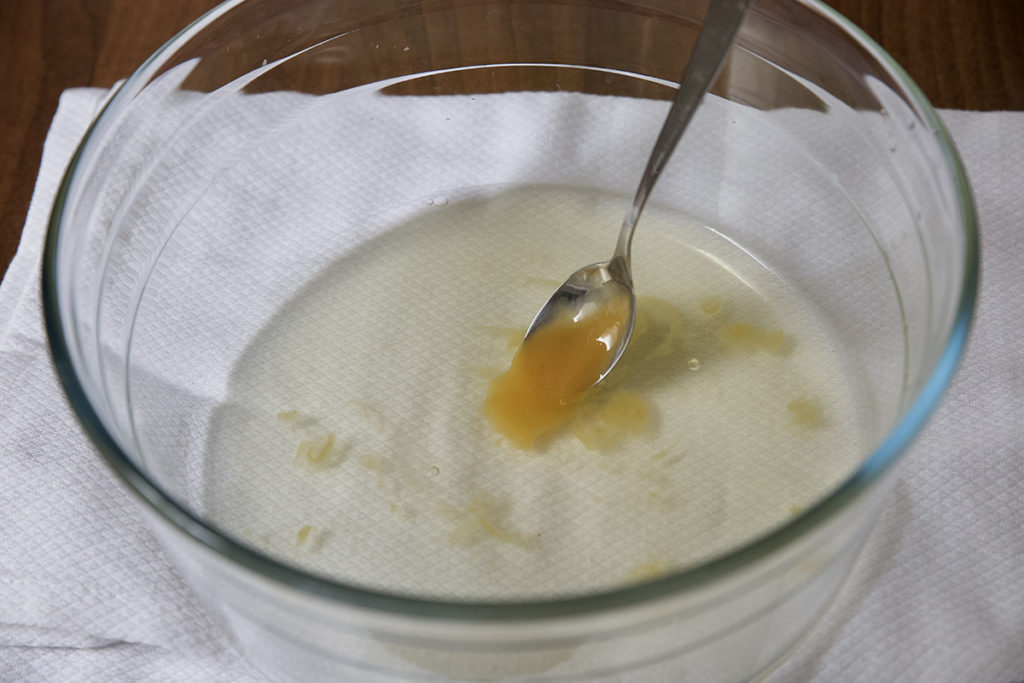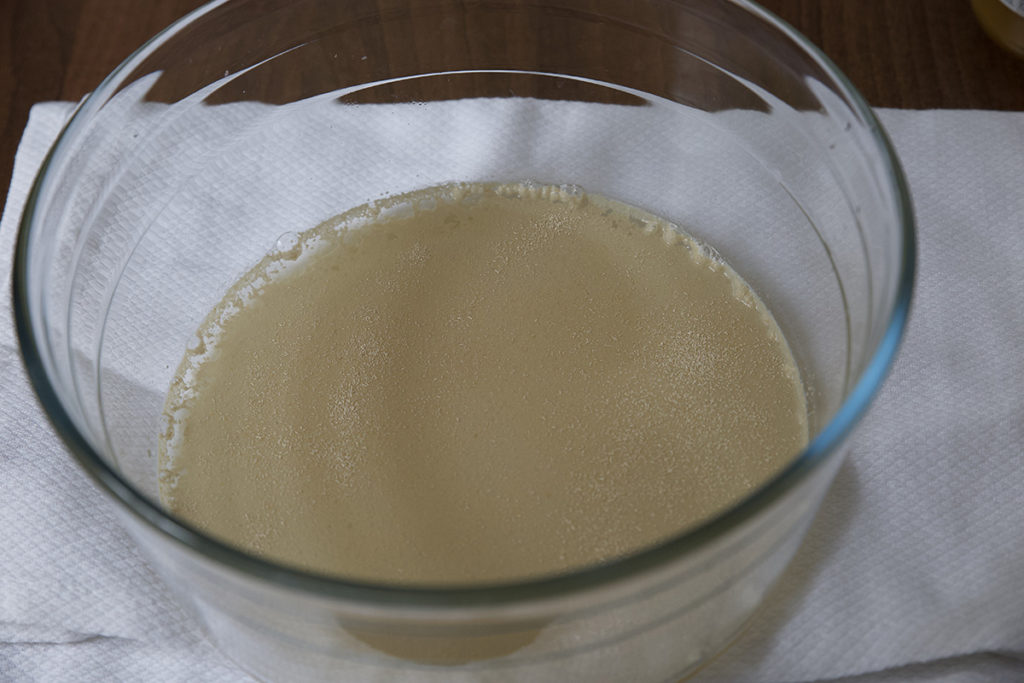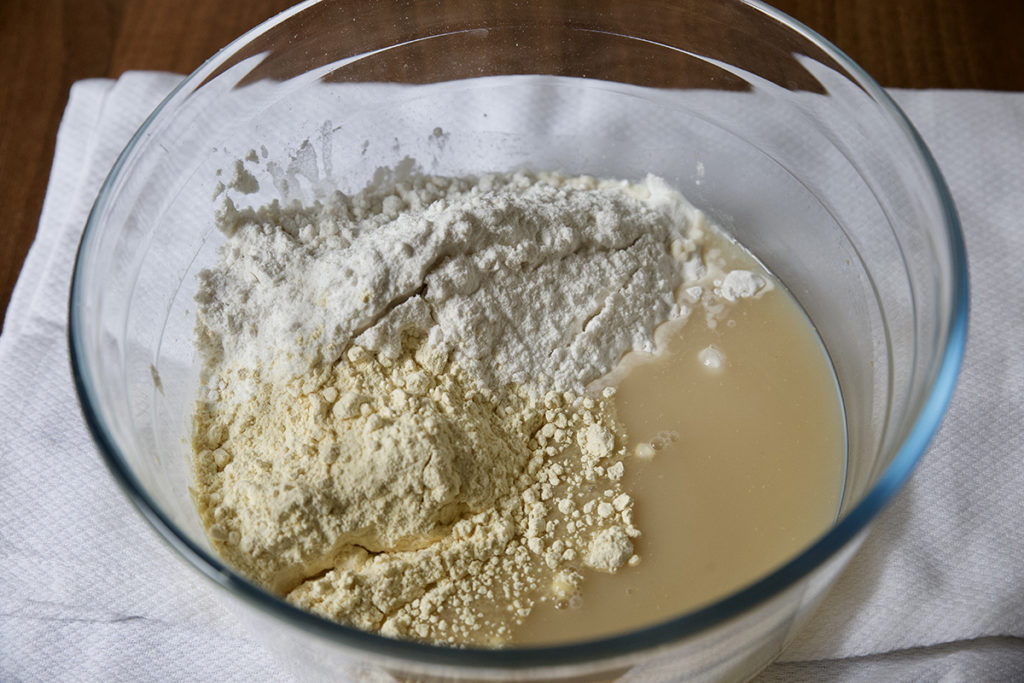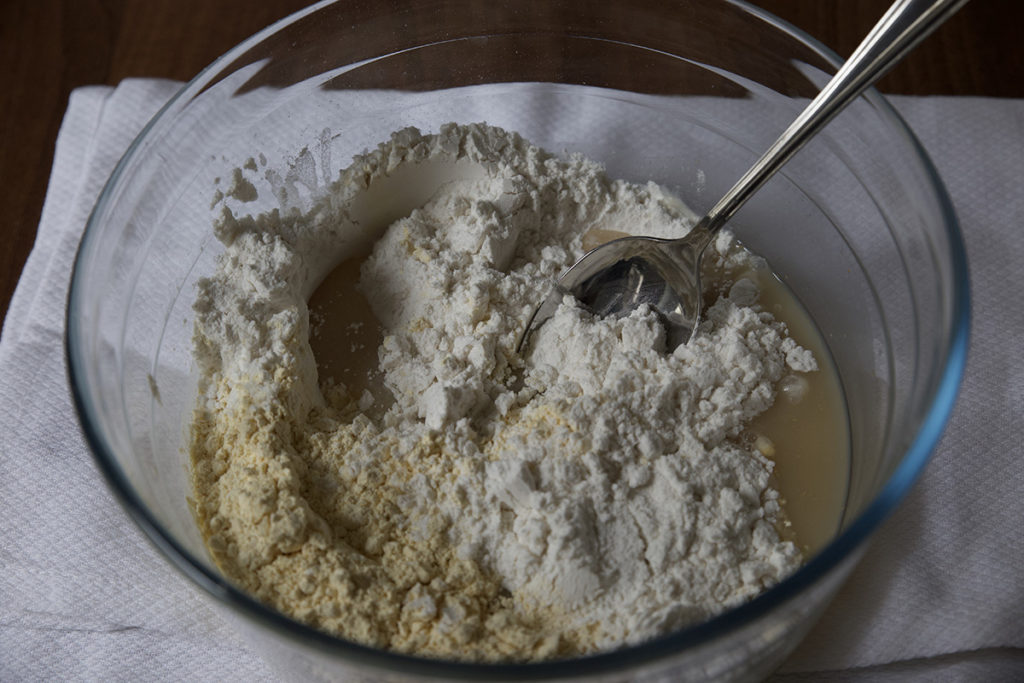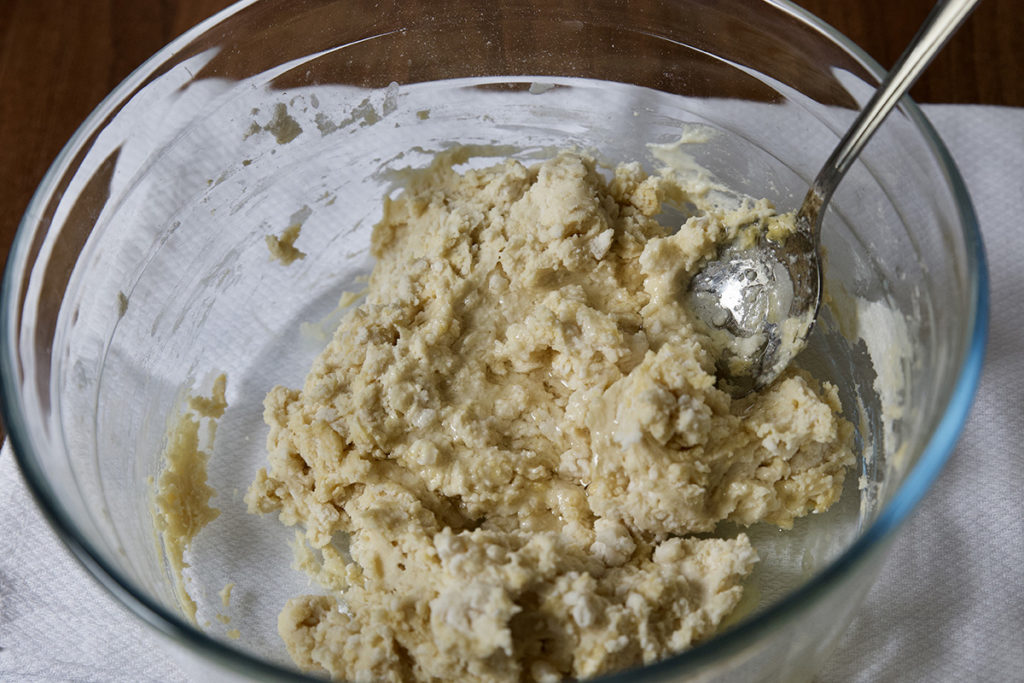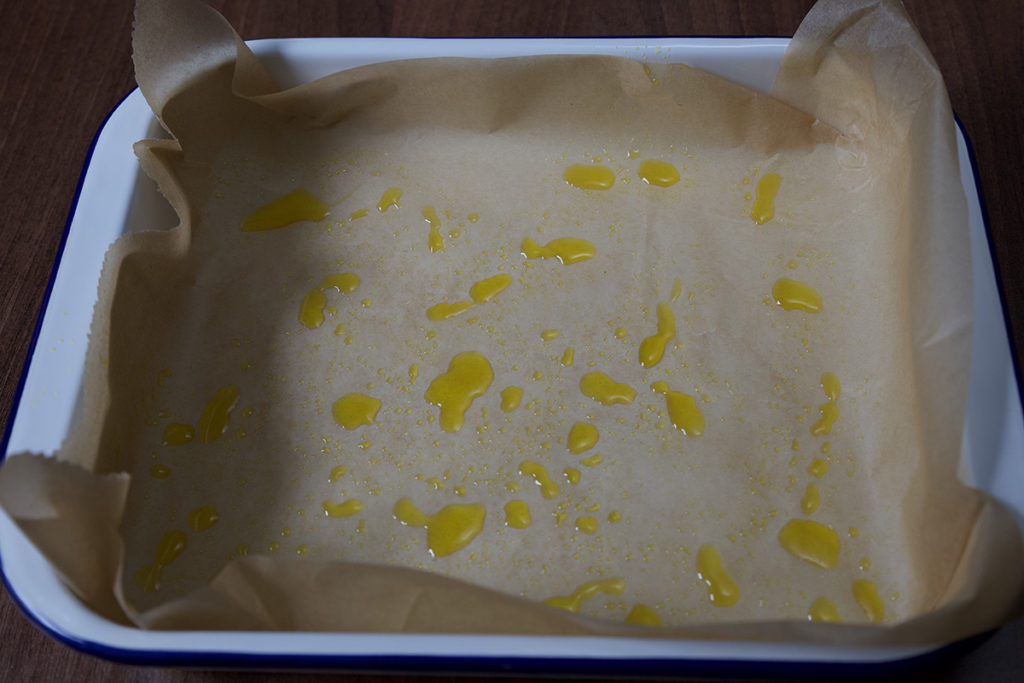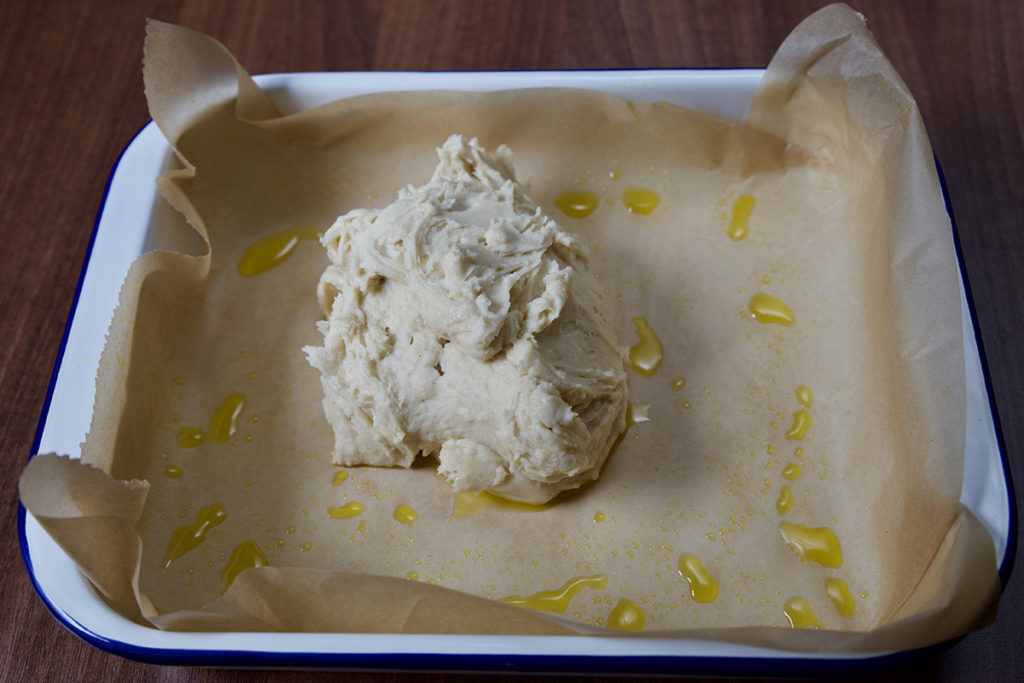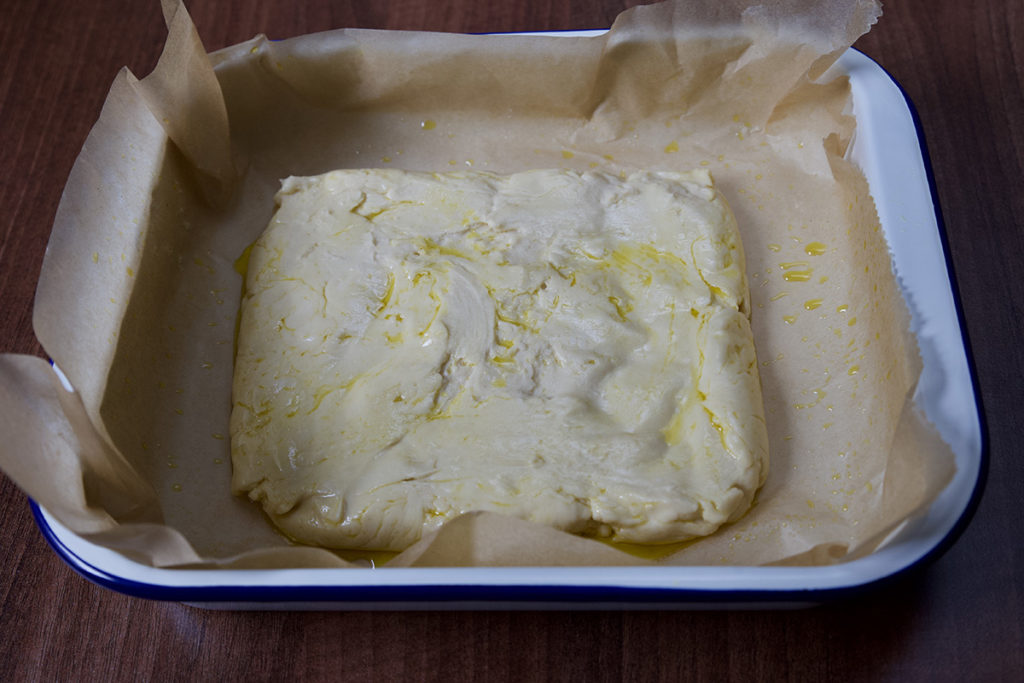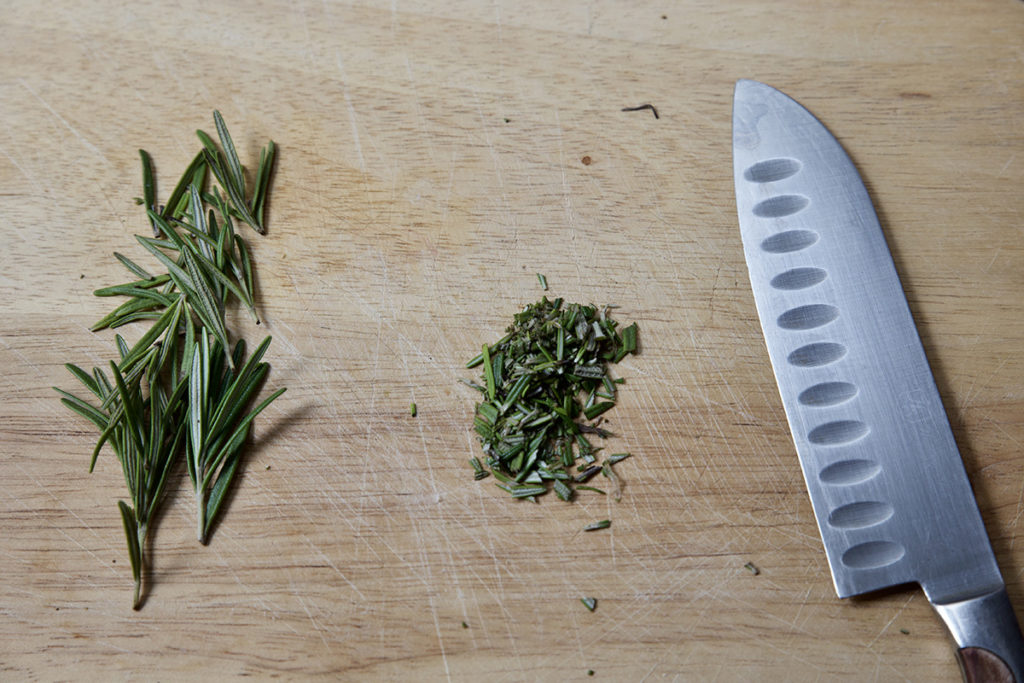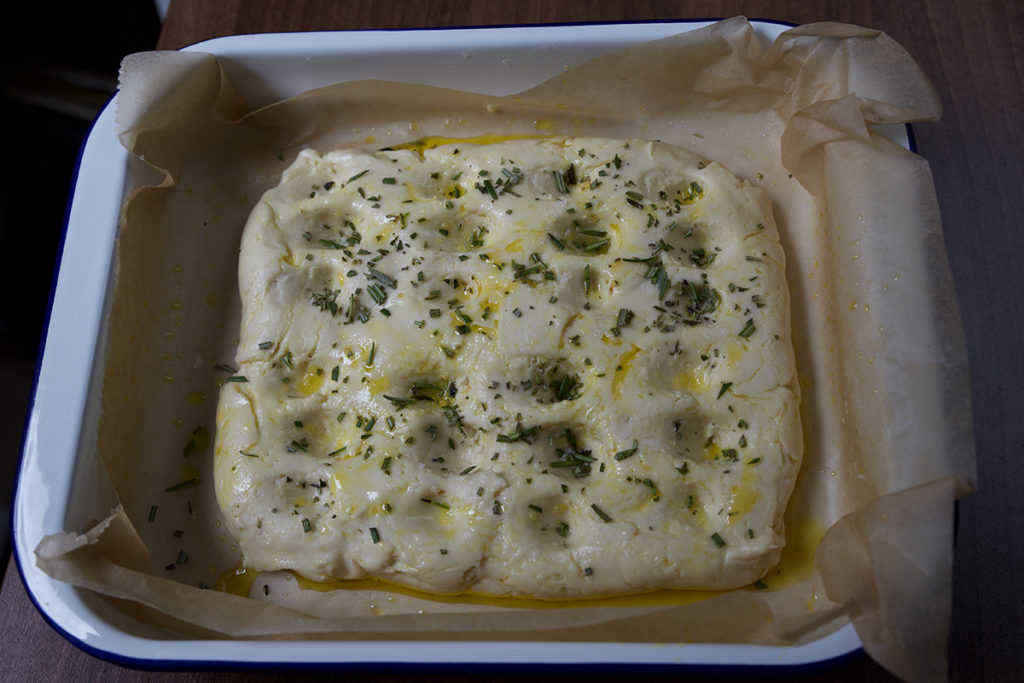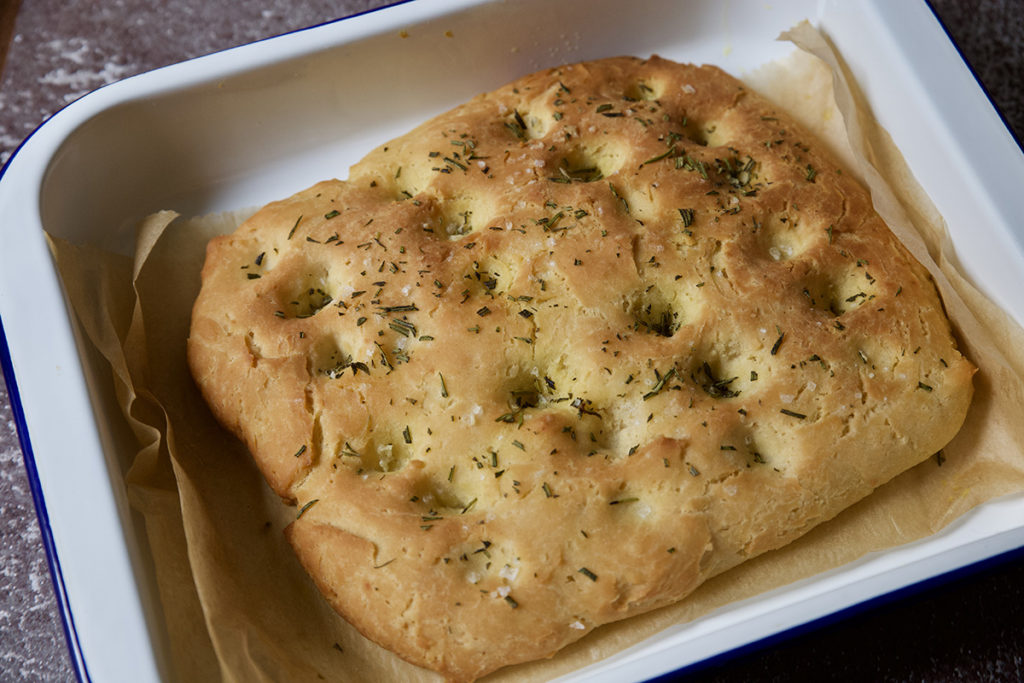Making gluten-free focaccia with rosemary that is soft and tasty is not easy. Few tricks can help you recreate this fantastic snack from Liguria.
Originally, focaccia was given to sailors who worked at the port of Genoa as a quick snack that allowed them to eat and work simultaneously, or in any case, eat quickly without taking advantage of long breaks. Today focaccia is appreciated worldwide and is often enjoyed during a break. In Genoa, it is traditionally eaten in the morning at the cafè enjoyed with a frothy cappuccino.
This recipe allows you to prepare it gluten-free without giving up this fantastic snack, excellent at all hours of the day!
Ingredients
For a 300gr focaccia 24 x 18 cm. Prep time 10 minutes, resting time 2-3 hours, cooking time 30-35 minutes.
- 190g warm water
- 1 teaspoon of honey
- 3g dehydrated yeast (or 10g fresh yeast)
- 200g gluten-free bread flour – must have xanthan gum
- 50g chickpea flour
- Salt and pepper
- Rosemary
- 50ml Extra virgin olive oil
Method
1 – In a large bowl, pour the warm water and stir in the honey to dissolve it. Add the yeast and wait a few minutes to let the yeast show activity, proved by some foam forming on the surface. Then add the flours and mix. Using a spoon, incorporate everything without kneading the dough too much.
2 – Then add the oil, salt and mix with a spoon, folding the dough on itself. The dough should be soft but not liquid. Then prepare a baking tray with parchment paper and a little oil.
3 – Place the dough in the tray and give it the rectangular focaccia shape and chop the rosemary.
4 – Dip your fingers into the dough to create the classic focaccia eyes, sprinkle coarse salt, rosemary and pepper to taste. Let it rise for at least 2 hours in the oven off with the light on. When it has visibly grown and puffed, bake the focaccia for about 30-35 minutes at 200° C until it is golden brown. Serve hot!
Tips
- One of the less favourable notes of gluten-free flour is its ability to absorb liquids. Gluten-free products are often dry. One way to overcome this problem is to increase the liquid part of the recipe and store the product quickly, in the fridge or freezer.
- For products such as bread and pizza, it is essential to use the help of xanthan gum. This good bacterium can create structures similar to gluten once it is in contact with water. Many gluten-free flours for baking contain a small percentage of xanthan, so it is always important to read the ingredients before buying flour for bread and pizza.

